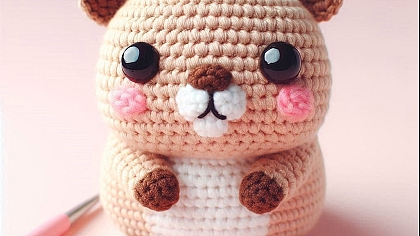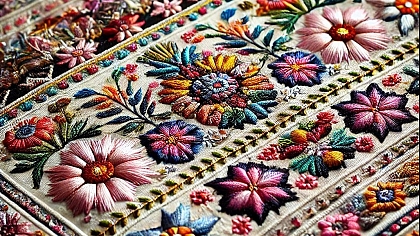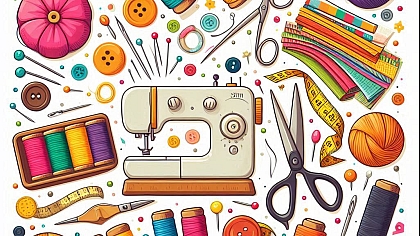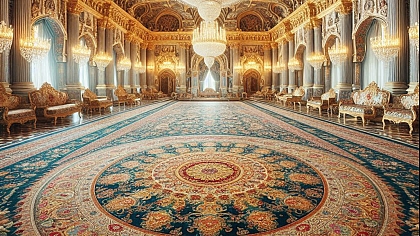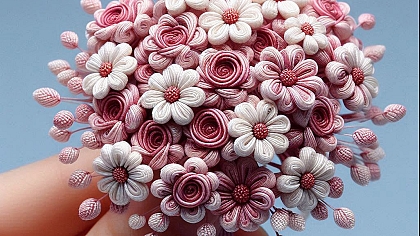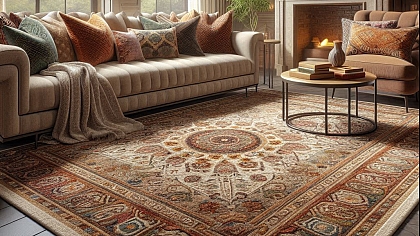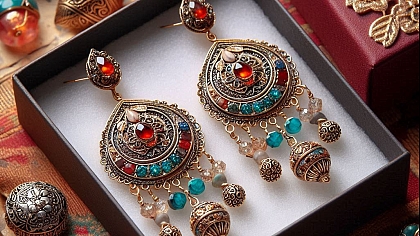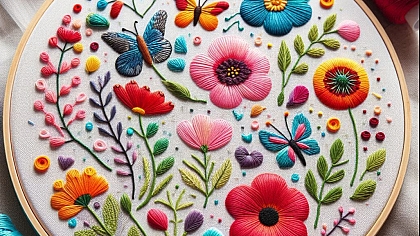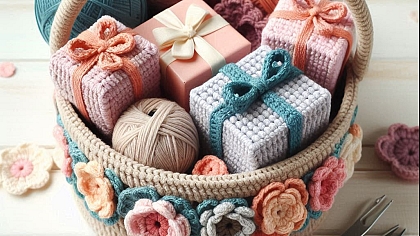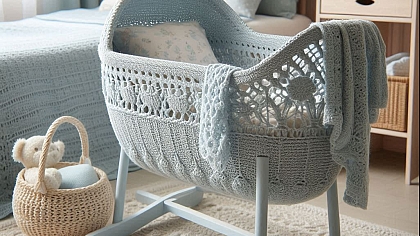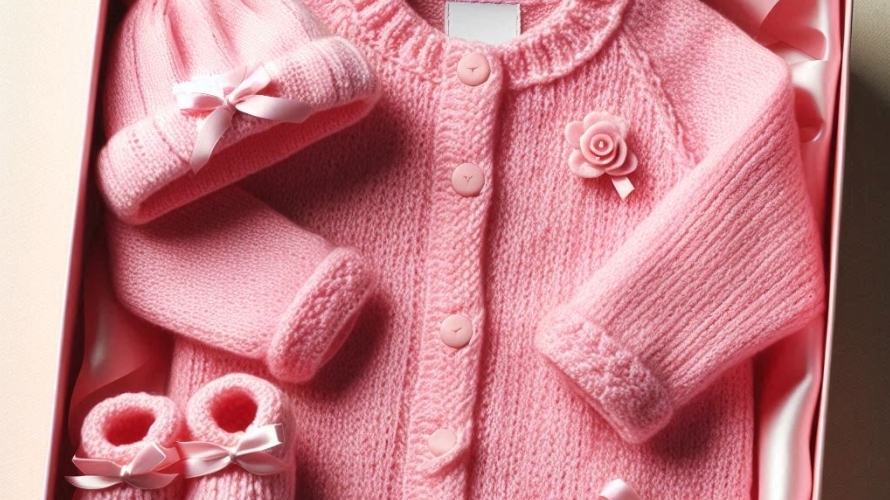
How to Choose the Right Yarn for Your Project
As any seasoned knitter will tell you, the yarn you choose for your project can make all the difference between a finished piece that you adore and one that ends up tucked away in a drawer. With so many types of yarn available, the task of choosing the right one can feel overwhelming. However, by understanding the properties of different yarns and considering the specifics of your project, you can make an informed decision that will enhance your knitting experience and the final result.
Understanding Yarn Fiber Types
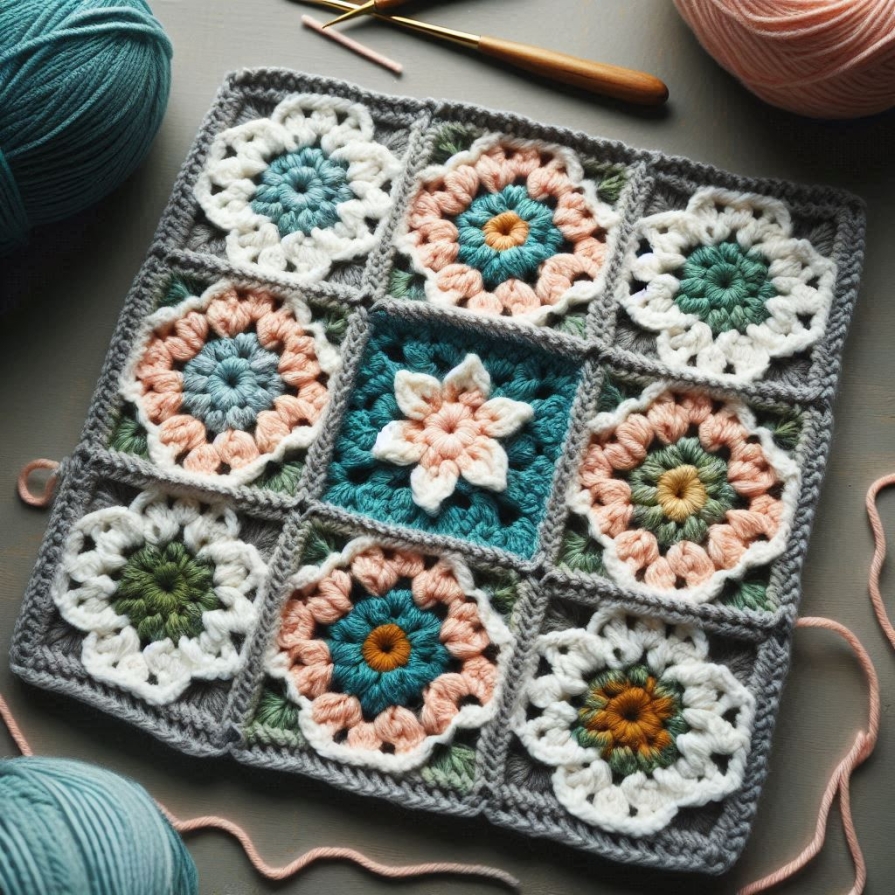
The first step in choosing the right yarn is understanding the different types of fibers available. Yarn fibers can be broadly categorized into natural and synthetic fibers, each with its unique characteristics.
Natural Fibers
Natural fibers come from animals or plants. Wool, perhaps the most popular animal fiber, is known for its warmth and elasticity. Wool comes in various types, such as merino, which is soft and fine, and Shetland, which is coarser but more durable. Alpaca, another animal fiber, is luxuriously soft and warmer than wool, making it ideal for winter garments. Mohair, from the Angora goat, adds a fluffy halo to your knits, while cashmere offers unparalleled softness, though at a higher cost.
Plant fibers include cotton, which is breathable and absorbent, making it perfect for summer garments and items like dishcloths. Linen, derived from the flax plant, is strong and becomes softer with each wash, making it excellent for lightweight tops and home décor items. Bamboo, a relatively new addition to the yarn world, is soft, drapes well, and has a natural sheen.
Synthetic Fibers
Synthetic fibers like acrylic, nylon, and polyester are man-made. Acrylic is widely used due to its affordability and easy care, making it suitable for beginners and everyday items. Nylon and polyester are often blended with other fibers to add strength and durability, making them ideal for items like socks or baby clothes that require frequent washing.
Blended Fibers
Blended yarns combine natural and synthetic fibers to leverage the best properties of each. A common blend is wool with nylon, which adds elasticity and durability to the warmth and softness of wool, making it perfect for socks and garments that need to retain their shape.
Considering Yarn Weight
Yarn weight, which refers to the thickness of the yarn strand, significantly impacts the look, feel, and drape of your finished project. Yarn weights range from lace weight, which is very fine, to super bulky, which is thick and heavy.
Lace and Fingering Weight Yarns
Lace weight yarn is extremely fine and is used for delicate projects like shawls and doilies. Knitting with lace weight requires patience and skill, as the thin strands can be challenging to work with. Fingering weight, slightly thicker than lace weight, is ideal for lightweight garments like socks, baby clothes, and intricate shawls. It offers excellent stitch definition, which is perfect for showcasing complex patterns.
Sport and DK Weight Yarns
Sport weight yarn is slightly thicker than fingering weight and is often used for lightweight sweaters, hats, and accessories. DK (double knitting) weight is versatile and can be used for almost any type of project, from garments to home décor. It’s a good choice for beginners as it works up relatively quickly and provides good stitch definition.
Worsted and Aran Weight Yarns
Worsted weight yarn is one of the most popular and versatile yarn weights. It’s thick enough to knit up quickly but not so bulky that it feels cumbersome. It’s ideal for sweaters, blankets, and accessories. Aran weight yarn is slightly thicker than worsted and is perfect for warm garments and cozy afghans. It’s also great for textured patterns like cables and bobbles.
Bulky and Super Bulky Yarns
Bulky yarn works up quickly and creates thick, warm fabrics, making it perfect for winter garments and accessories. It’s also a great choice for home décor items like blankets and cushions. Super bulky yarn is even thicker and is often used for dramatic, oversized projects. It’s excellent for quick projects and adds a bold, modern look to your knits.
Matching Yarn to Project Type
Different projects have different requirements, and choosing the right yarn involves considering the end use of your creation. Here are some guidelines for matching yarn to various project types:
Garments
When knitting garments, consider how the yarn will feel against the skin. Wool and alpaca are warm and suitable for winter wear, while cotton and linen are breathable and ideal for summer garments. Yarn weight is also crucial; lighter weights like fingering or sport are perfect for delicate sweaters and tops, while worsted or aran weights are better for cozy, winter garments. Blends that include synthetic fibers can add durability and elasticity, ensuring your garment retains its shape and withstands wear and tear.
Accessories
For accessories like hats, scarves, and mittens, consider both warmth and texture. Wool and alpaca are excellent choices for winter accessories, while cotton is great for lighter, summer items. Yarn weight depends on the desired look and warmth; bulky and super bulky yarns create thick, cozy accessories, while lighter weights like DK or worsted offer more versatility and stitch definition.
Home Décor
Home décor projects, such as blankets, cushions, and wall hangings, require durable and often washable yarns. Blends that include synthetic fibers are ideal, as they combine the best properties of both natural and synthetic fibers. Bulky and super bulky yarns work well for these projects, as they create thick, cozy items that knit up quickly. For intricate designs and textures, consider using worsted or aran weight yarns.
Baby Items
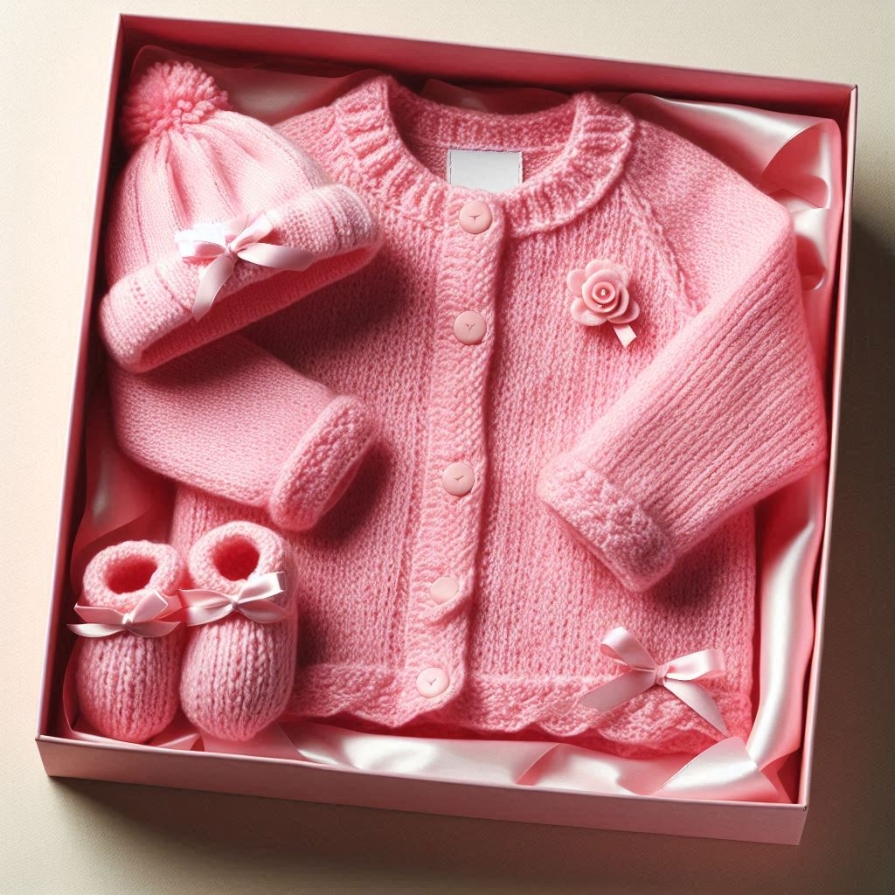
When knitting for babies, soft and easy-care yarns are essential. Blends that include synthetic fibers are perfect, as they offer softness, durability, and machine washability. Lightweight yarns like fingering or sport weight are ideal for delicate baby clothes, while DK weight is great for blankets and other accessories. Ensure the yarn is hypoallergenic and free from harsh chemicals to protect the baby’s sensitive skin.
Understanding Yarn Construction
Yarn construction refers to how the yarn is spun and plied, which affects its texture, durability, and how it behaves when knitted. Understanding yarn construction can help you choose the right yarn for your project.
Single-Ply Yarns
Single-ply yarns are made from a single strand of fiber and have a soft, rustic texture. They can be less durable than plied yarns and are prone to pilling, but they create beautiful, lofty fabrics. Single-ply yarns are excellent for shawls, hats, and other accessories that don’t require a lot of wear and tear.
Plied Yarns
Plied yarns are made by twisting two or more strands of fiber together. The number of plies affects the yarn’s strength, durability, and texture. Two-ply yarns are soft and have a slight texture, while three-ply and four-ply yarns are stronger and more durable. Plied yarns offer good stitch definition and are suitable for a wide range of projects, from garments to home décor.
Novelty Yarns
Novelty yarns include a wide variety of textured yarns, such as bouclé, eyelash, and ribbon yarns. These yarns add unique textures and visual interest to your projects but can be challenging to work with. They’re best used for accents or statement pieces, rather than entire projects, as their unique textures can obscure stitch patterns.
Color and Dyeing Techniques
Color is another important factor in choosing yarn, and understanding different dyeing techniques can help you achieve the desired look for your project.
Solid Colors
Solid color yarns are dyed evenly, resulting in a uniform color throughout the skein. They’re perfect for showcasing stitch patterns and intricate designs, as the even color allows the texture of the knitting to stand out.
Semi-Solid and Tonal Colors
Semi-solid and tonal yarns feature subtle variations in color, creating a rich, textured look. These yarns add depth and interest to your knitting without overpowering the stitch pattern. They’re ideal for projects where you want a bit of visual interest without distracting from the design.
Variegated and Self-Striping Yarns
Variegated yarns feature multiple colors within a single skein, creating a mottled or multicolored effect. Self-striping yarns are dyed to create stripes as you knit, which can add a playful element to your projects. These yarns are great for simple patterns, as the color changes can add visual interest without needing intricate stitch work.
Hand-Dyed Yarns
Hand-dyed yarns are unique and offer one-of-a-kind color variations. They can range from subtle, tonal shifts to dramatic, multicolored skeins. Hand-dyed yarns add a personal touch to your projects and are perfect for special items where you want the yarn itself to be a focal point.
Practical Considerations
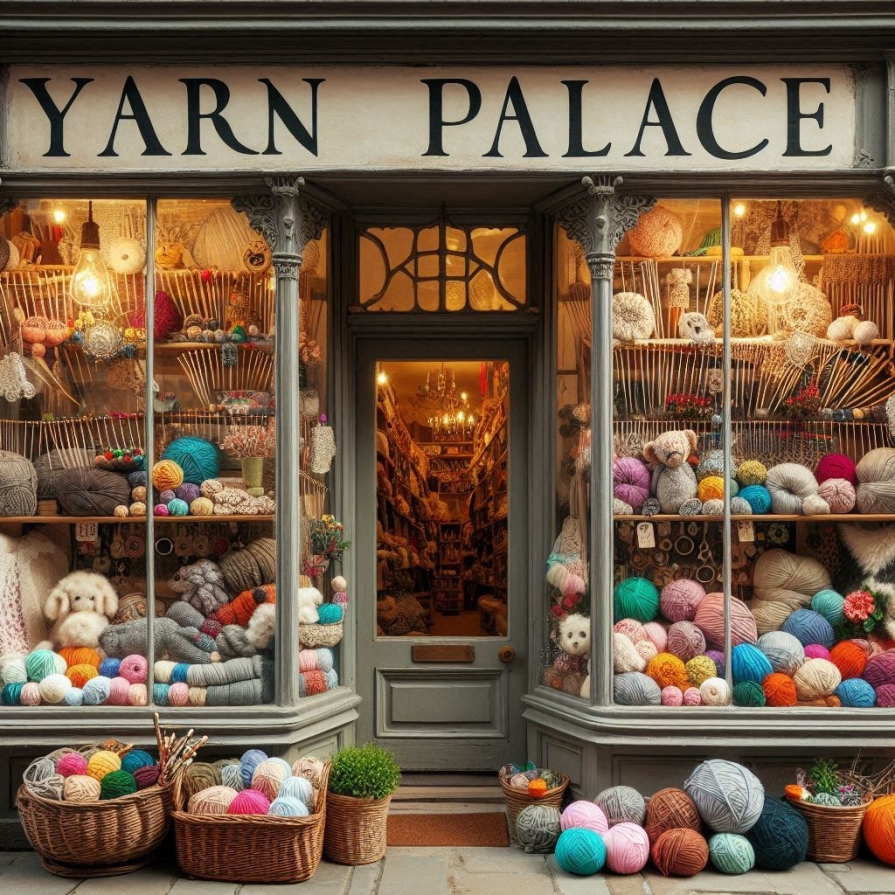
In addition to fiber type, weight, construction, and color, there are several practical considerations to keep in mind when choosing yarn for your project.
Budget
Yarn prices can vary widely, and your budget will likely influence your choice. While luxury fibers like cashmere and hand-dyed yarns are beautiful, they can be expensive. Consider using more affordable options, like blends or high-quality synthetics, for larger projects or everyday items. Save splurges for special projects where the unique qualities of the yarn will be appreciated.
Care Instructions
Consider how your finished item will be cared for. Some fibers, like wool and alpaca, require hand washing and gentle handling, while others, like cotton and many synthetic blends, can be machine washed. Choose a yarn that fits the care needs of the recipient and the intended use of the item. For example, baby items and everyday garments benefit from easy-care yarns that can withstand frequent washing.
Allergies and Sensitivities
Be mindful of any allergies or sensitivities when choosing yarn. Wool can be irritating to some people, and certain synthetic fibers may cause allergic reactions. If knitting for someone with sensitivities, consider hypoallergenic options like cotton, bamboo, or blends designed for sensitive skin.
Choosing the right yarn for your project involves considering a variety of factors, from the fiber type and weight to the construction and color. By understanding the properties of different yarns and how they interact with your chosen pattern and intended use, you can make informed decisions that enhance both your knitting experience and the finished product. Whether you’re creating a delicate lace shawl, a cozy winter sweater, or a playful baby blanket, the right yarn will bring your project to life, making it a joy to knit and a treasure to use. Happy knitting!

